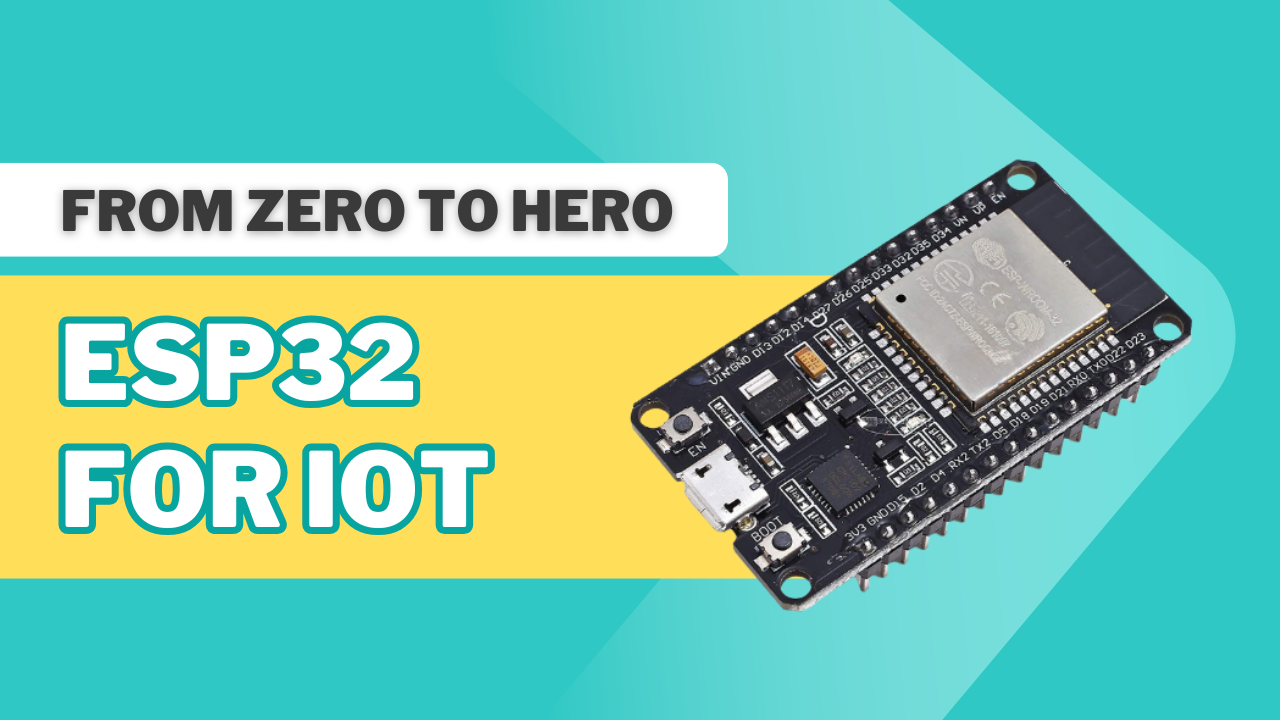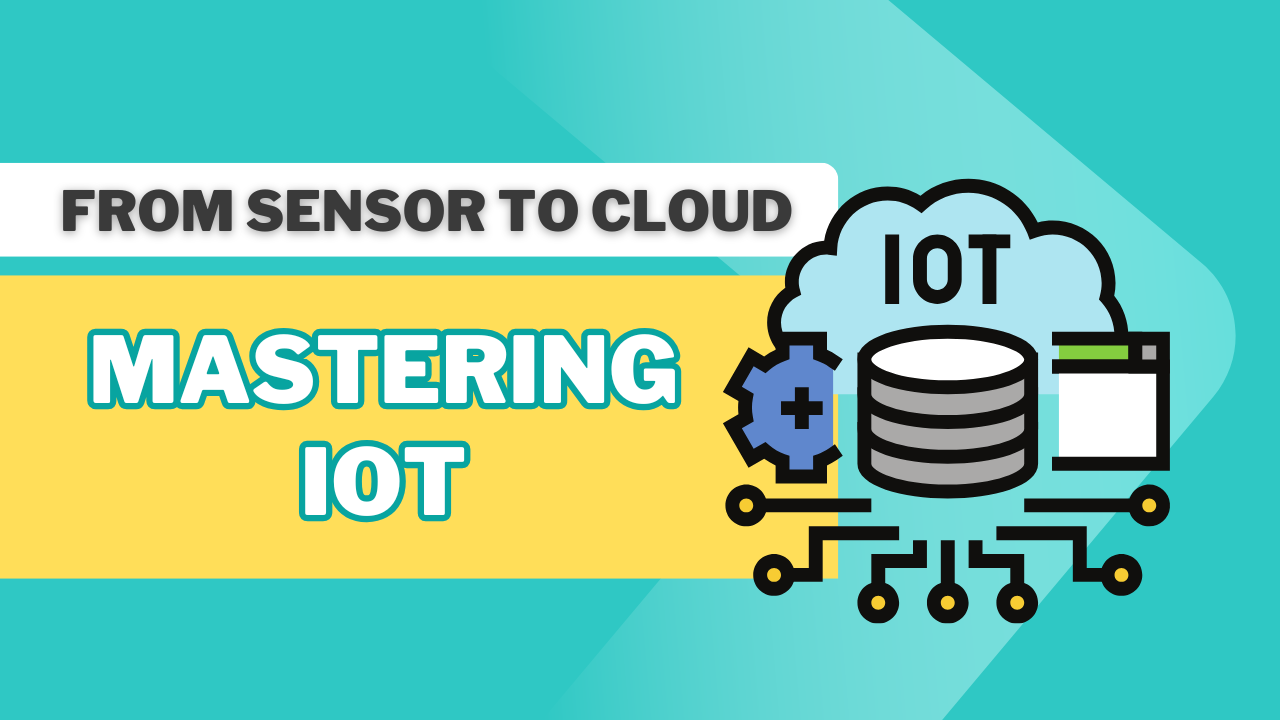Trending
TinkerCad : Your Virtual Electronics Lab
Available Coaching Centers:
This course is a hands-on introduction to the exciting world of electronics and microcontrollers using the free and intuitive TinkerCad platform. Designed for anyone with no prior experience, this course provides a safe and engaging environment to learn fundamental concepts.
The curriculum is structured to progressively build your skills from the ground up. You will start by understanding the basic components of a circuit and the virtual breadboard. We will then introduce the virtual Arduino board, your first microcontroller, and teach you how to write and upload code to control LEDs, buttons, and other components.
By the end of this course, you will be able to:
- Build and simulate electronic circuits virtually.
- Write and upload code to control a microcontroller.
- Integrate components like sensors, buttons, and motors.
- Design and create your own functional projects from scratch.
Course Features:
- Live, online sessions with an expert instructor.
- Hands-on virtual labs and practical exercises.
- Lifetime access to recorded sessions and materials.
- Certificate of Completion.
Who is this course for?
- Beginners with zero experience in electronics or coding.
- Students, hobbyists, and makers curious about Arduino and circuits.
- Anyone who wants to learn in a risk-free, virtual sandbox.
Enroll today and start building the future, one virtual circuit at a time !
Lecture 1: Introduction to the Circuits Simulator:
- Description: Learn the Tinkercad Circuits interface, the component library, and the basic principles of electricity (voltage, current, resistance). You will build your very first circuit to power a light.
- Key Concepts: The Tinkercad Circuits workspace, components (battery, resistor, LED), wiring, and starting a simulation.
- Hands-on Project: Build a simple circuit with a 9V battery, a resistor, and an LED.
Lecture 2: Your First Microcontroller: The Virtual Arduino:
- Description: We'll introduce the virtual Arduino UNO board and the breadboard as a prototyping tool. You'll learn the structure of an Arduino program and write the code for the classic "Blink" sketch.
- Key Concepts: The Arduino UNO board layout, the breadboard, pinMode(), digitalWrite(), and the delay() function.
- Hands-on Project: Build an Arduino-controlled LED circuit and program it to blink.
Lecture 3: Digital Inputs and Conditional Logic:
- Description: Learn how to use inputs to control your circuits. We'll connect a push button and use if statements to make your code respond to a button press.
- Key Concepts: Digital inputs, digitalRead(), internal pull-up resistors, and basic conditional if-else statements.
- Hands-on Project: Build a circuit where pressing a button turns on an LED.
Lecture 4: Analog Signals and PWM:
- Description: Move beyond simple ON/OFF signals. You'll learn about analog inputs using a potentiometer and how to control an LED's brightness with Pulse Width Modulation (PWM).
- Key Concepts: Analog vs. digital, analogRead(), analogWrite() (PWM), and the map() function.
- Hands-on Project: Create a dimmer switch: use a potentiometer to control the brightness of an LED.
Lecture 5: Sensors and Advanced Components:
- Description: Give your circuit the ability to "see" and "act." We will integrate a sensor to measure distance and use a servo motor for precise movement, all virtually.
- Key Concepts: Ultrasonic distance sensor (HC-SR04), reading sensor data, and controlling a servo motor using the Servo library.
- Hands-on Project: Build a simple "proximity alert" system that turns on an LED when an object is too close to the ultrasonic sensor.
Lecture 6: The Final Project Showcase:
- Description: This final class brings everything together. You will integrate a push button, multiple LEDs, and conditional logic to build a complete, simulated project.
- Key Concepts: Project planning, circuit design, and code integration.
- Hands-on Project: Build a smart traffic light with a pedestrian crossing button.
Leave a Review
Available Coaching Centers:
What you need/Requirement
Internet
You need a working internet connection to watch videos, join online classes, and get help when needed.
Laptop/PC
A personal computer is essential for hands-on practice and project work.
Learning Path

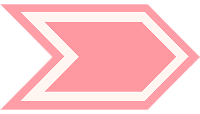


Earn Valuable Credentials
and Lead with a Competitive Edge.
Certificate and Recognition That Validates Your Skills
Our curriculum is meticulously designed in collaboration with industry leaders to ensure every skill you acquire is not just current, but in high demand.
Get Mentorship From Top 1 % Industry Experts
Our mentors are seasoned professionals and thought leaders who provide unparalleled guidance and personalized feedback.
Network For Lifelong Success
Our vibrant community of professionals offers continuous support, mentorship, and a platform for lifelong career acceleration.
.png)
Explore Similar Topics
Discover more similar content to expand your knowledge and sharpen your skills.
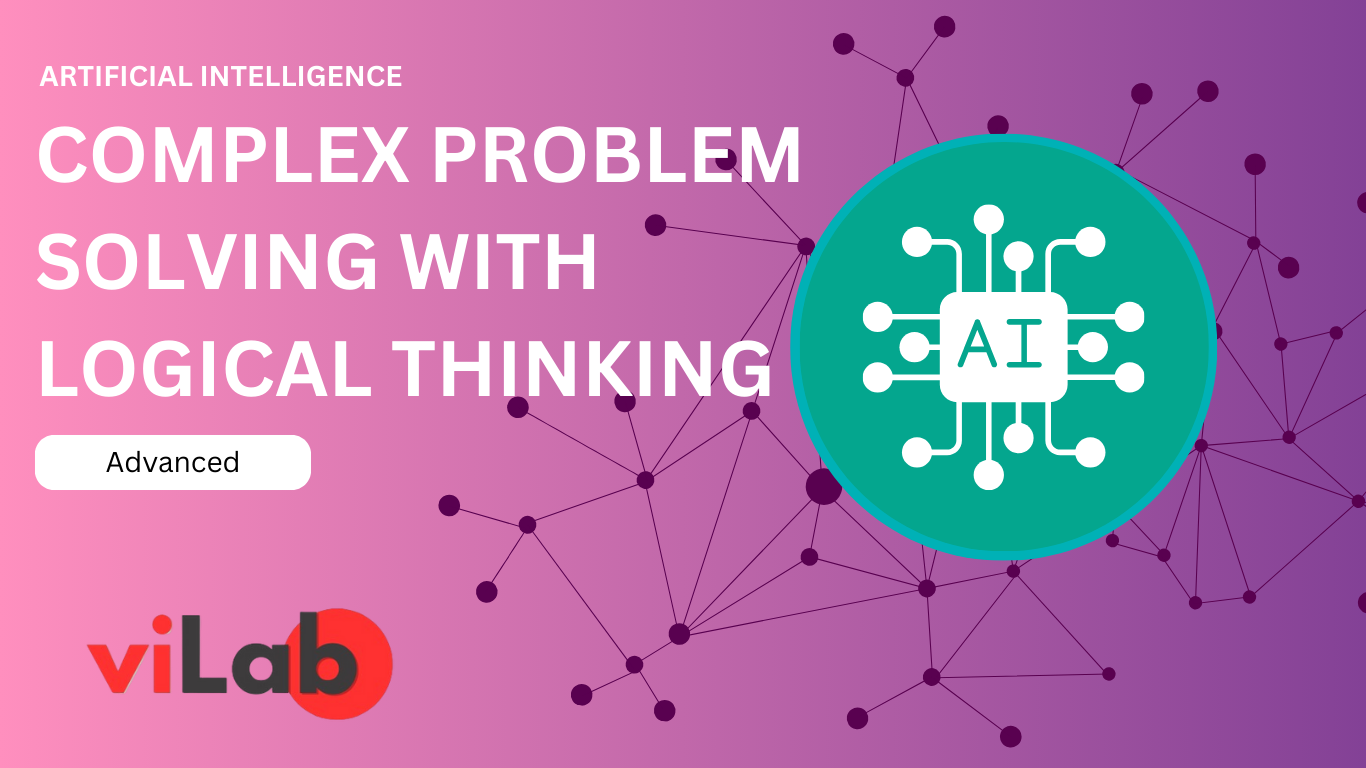

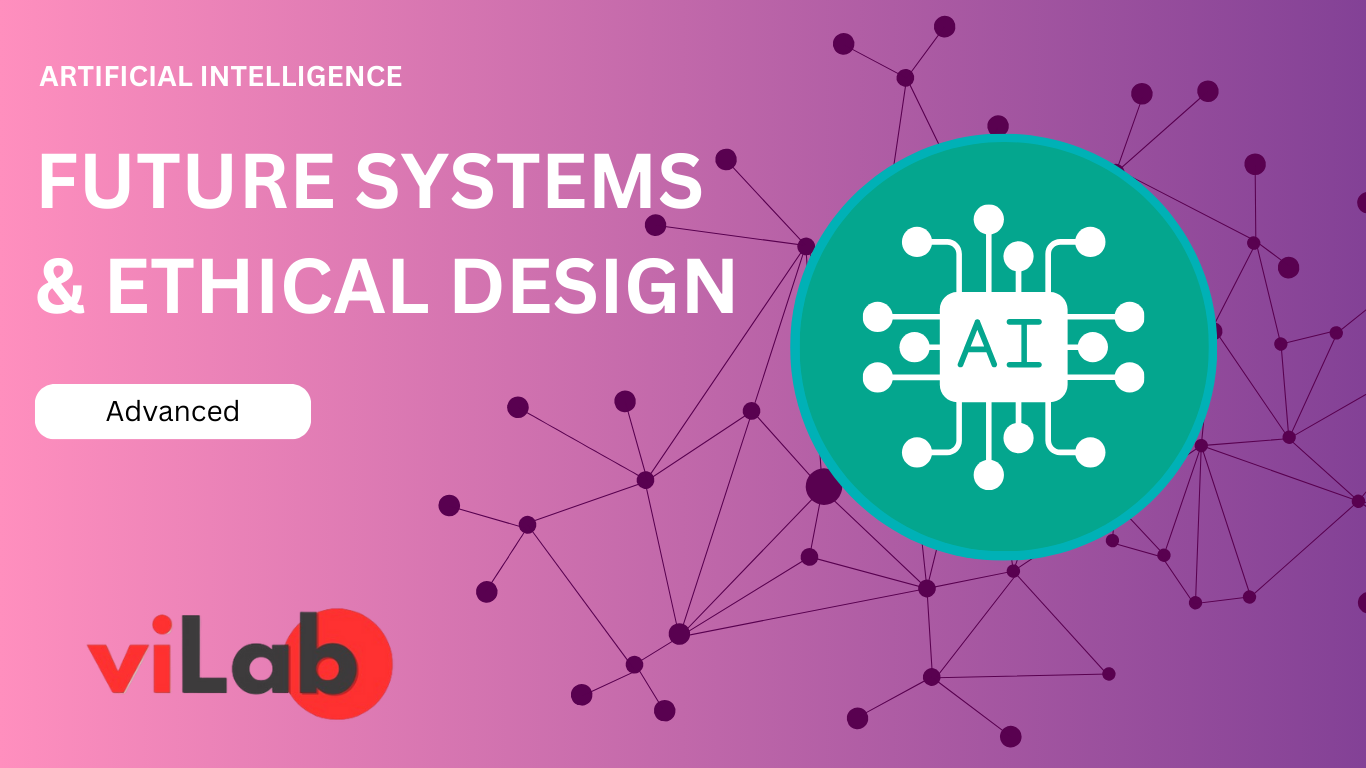
.png)
.png)
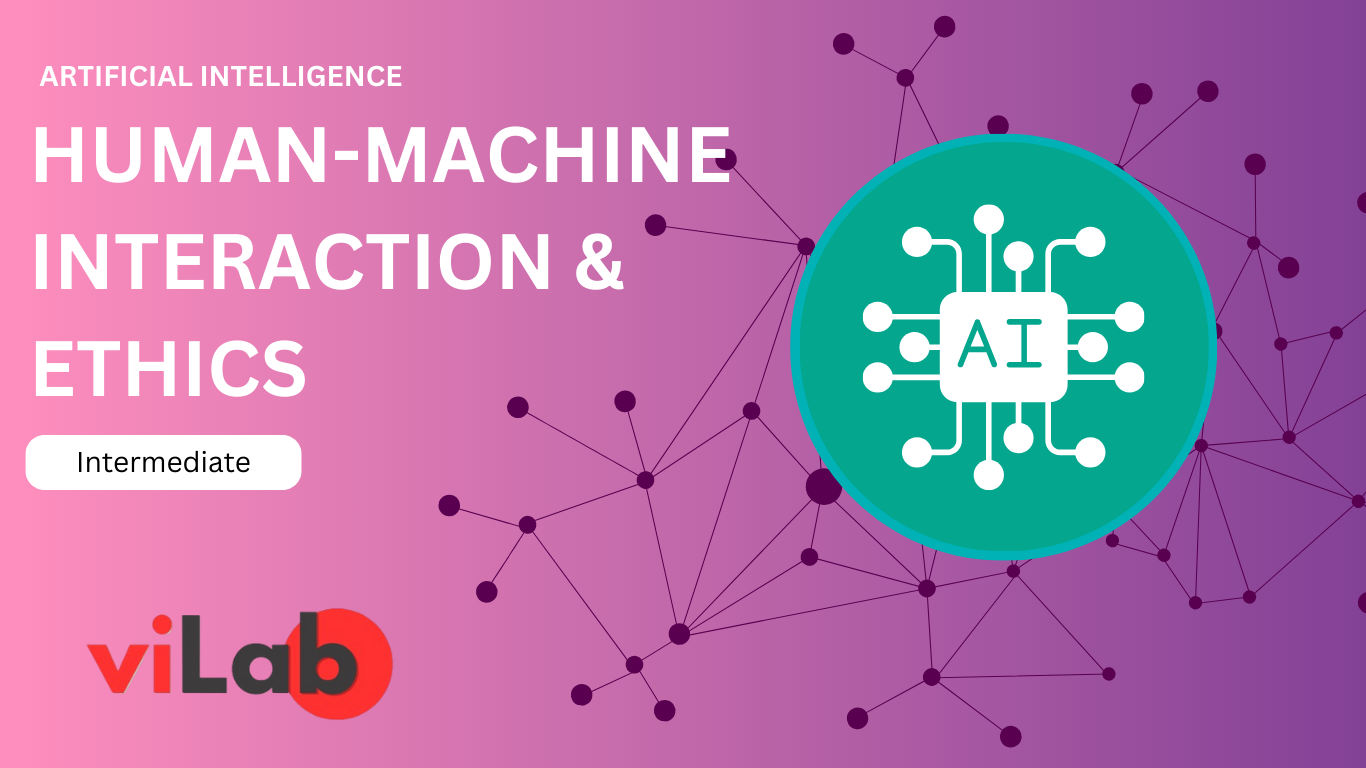
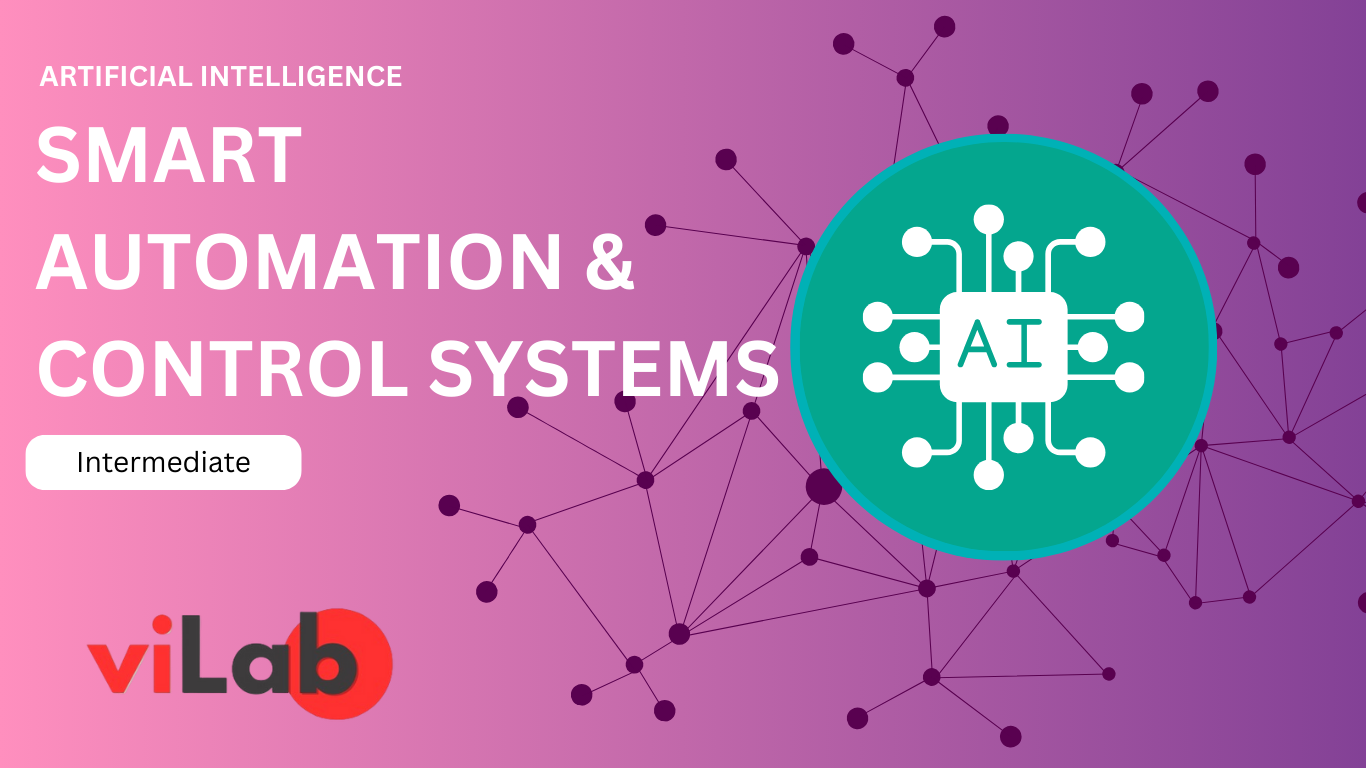
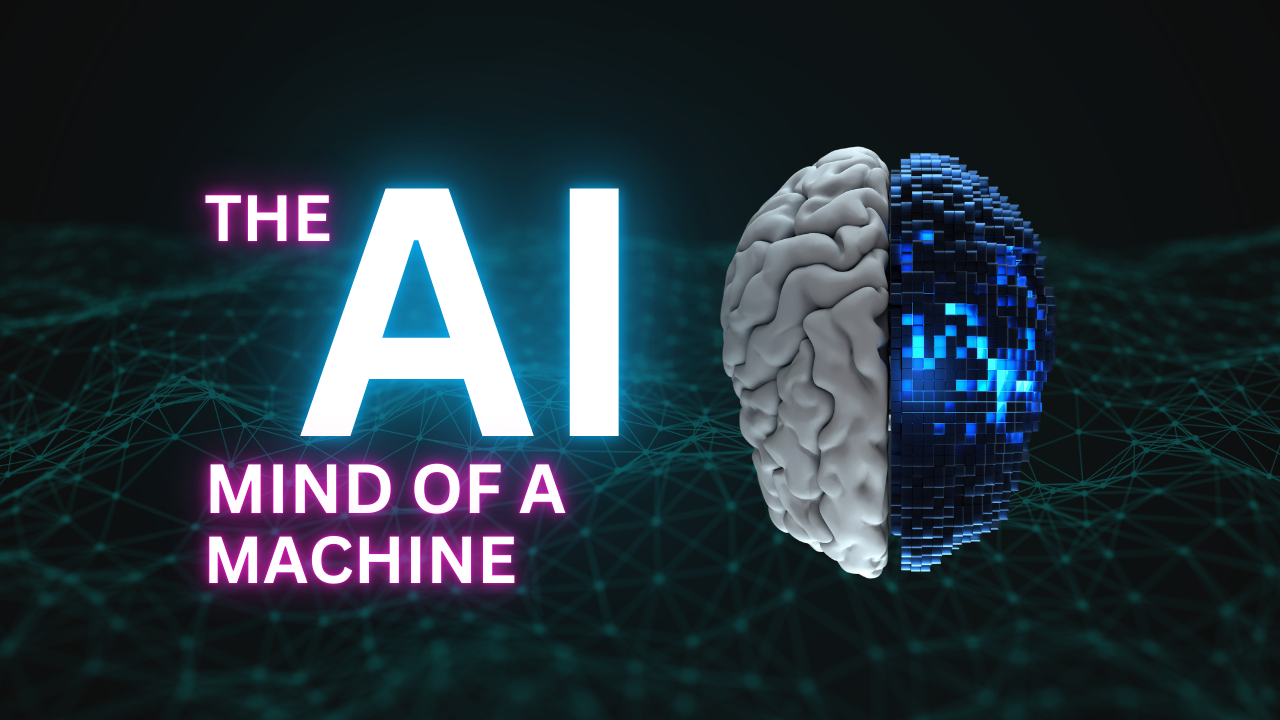

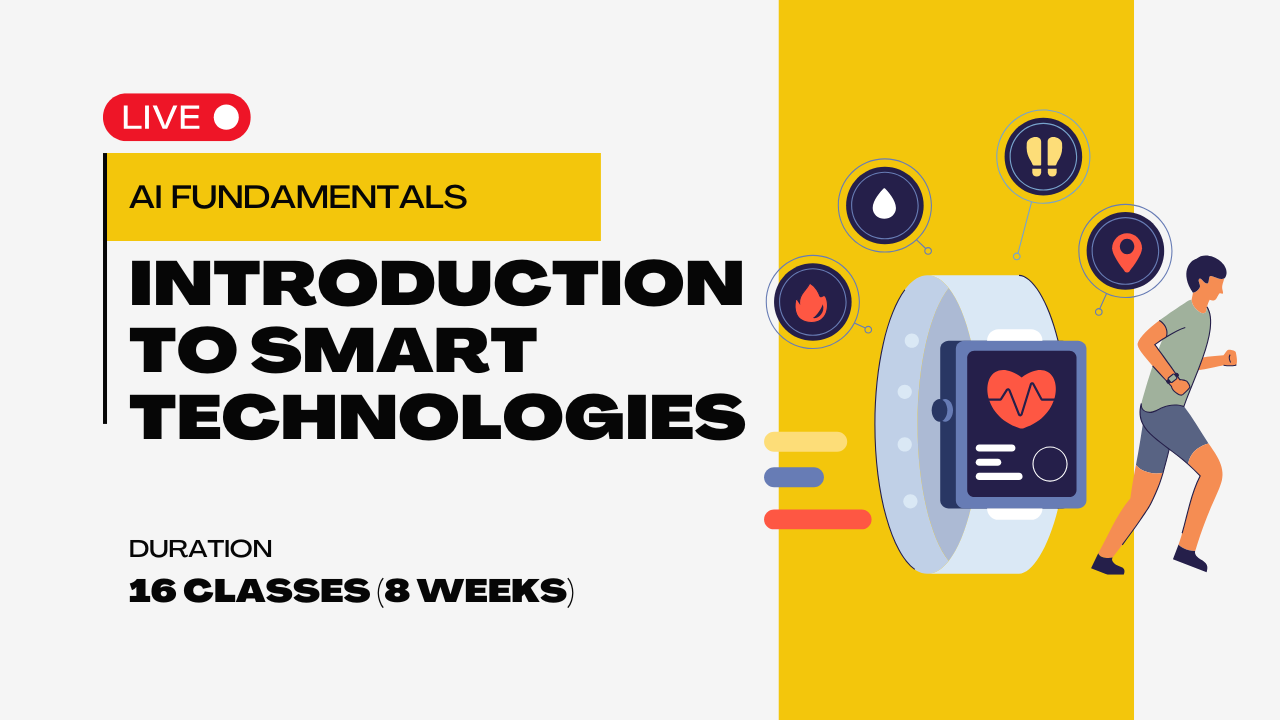
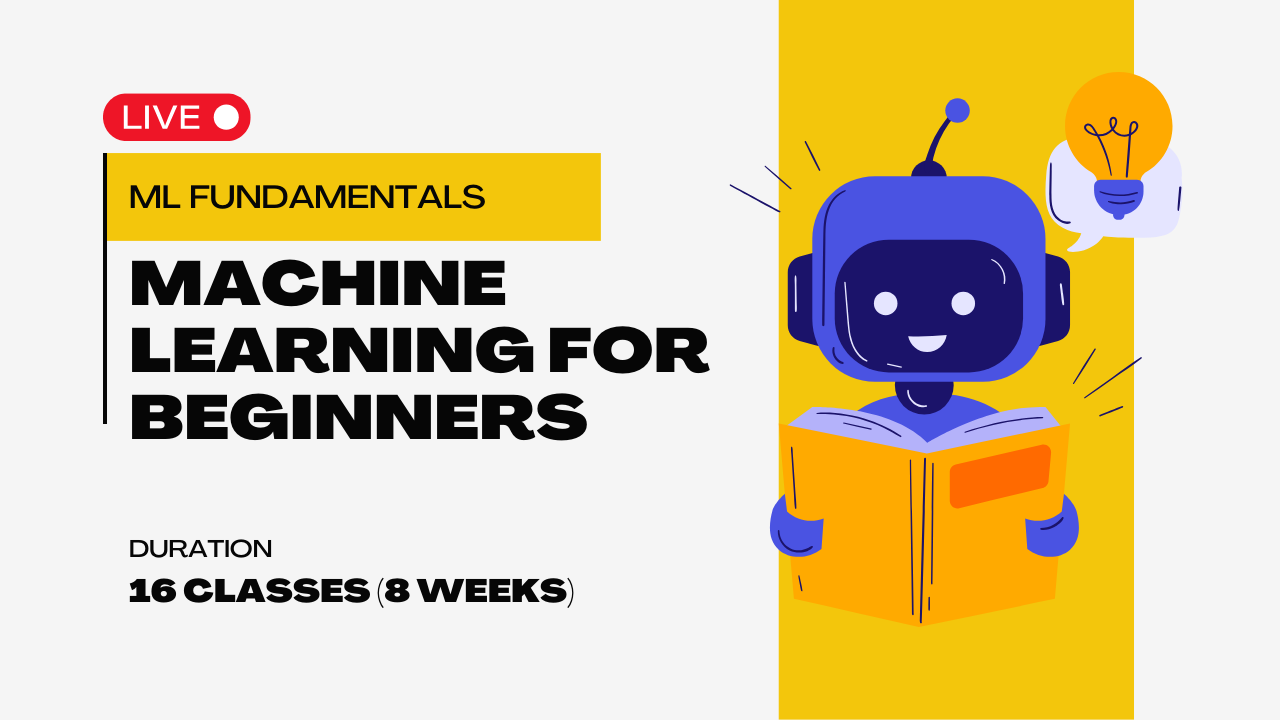

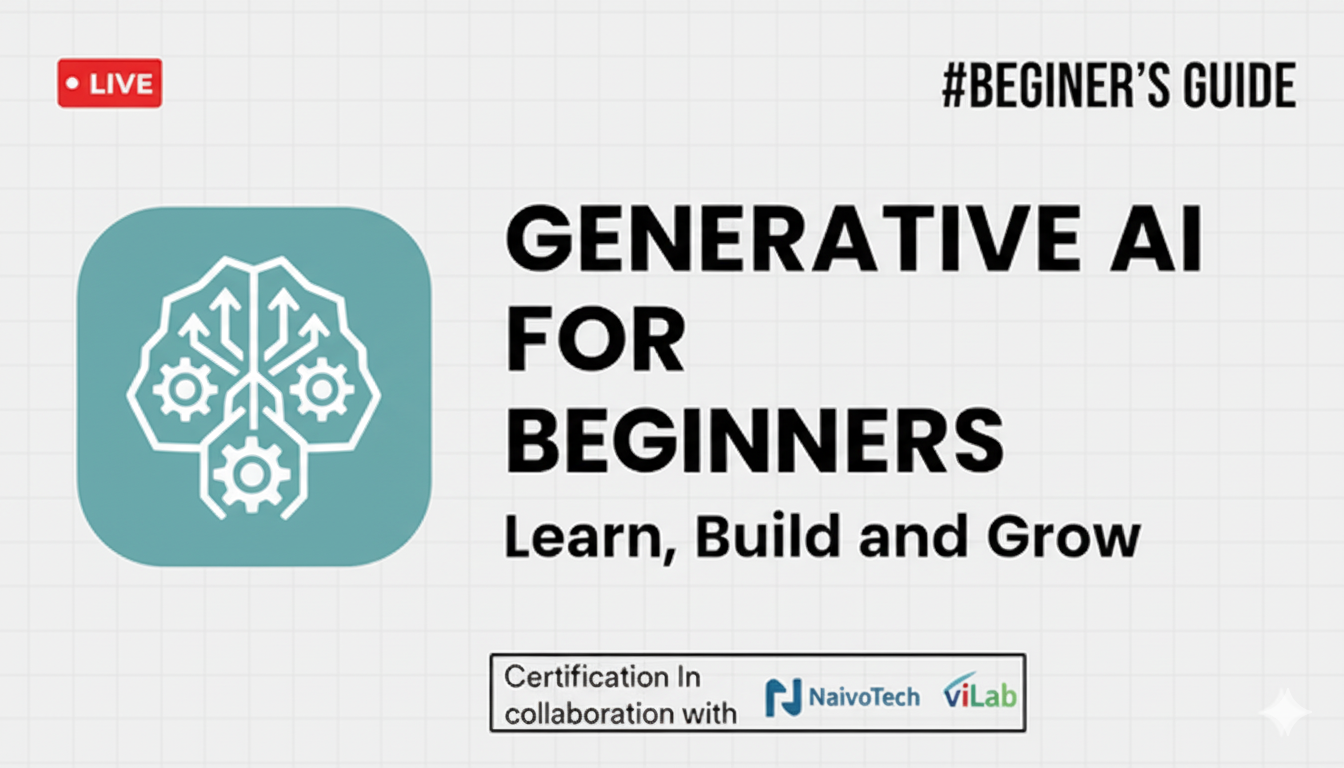
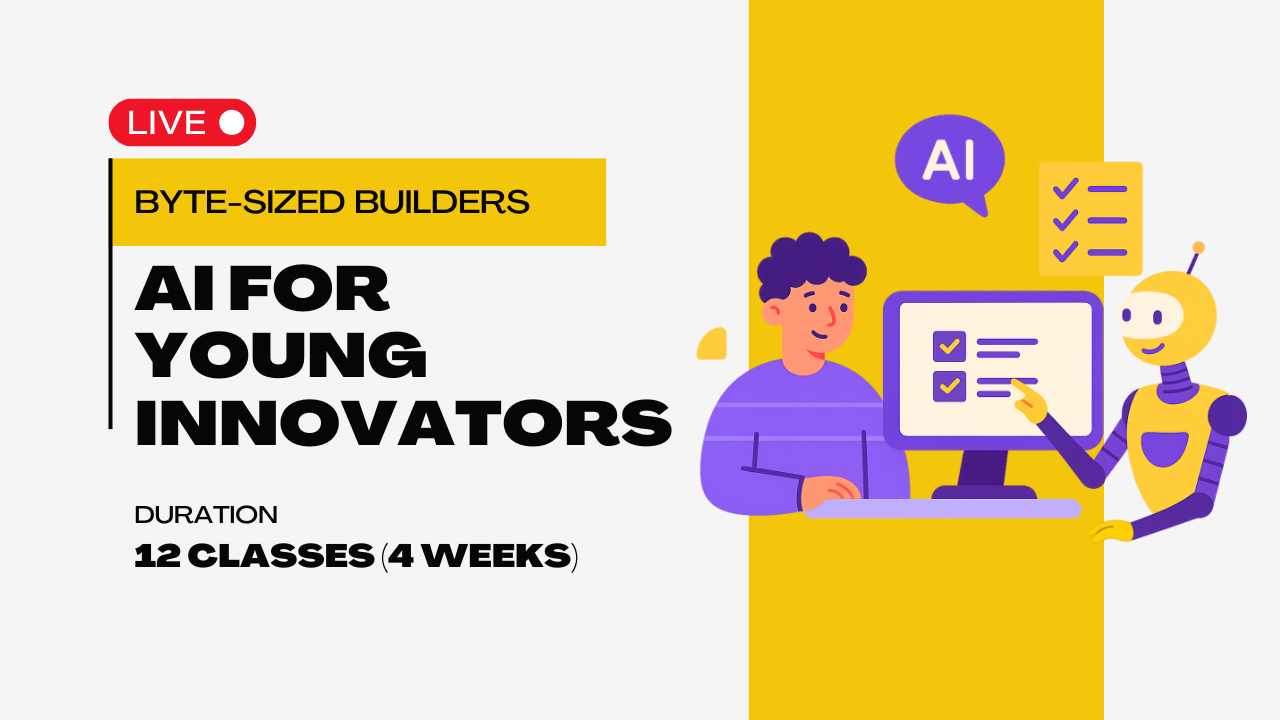
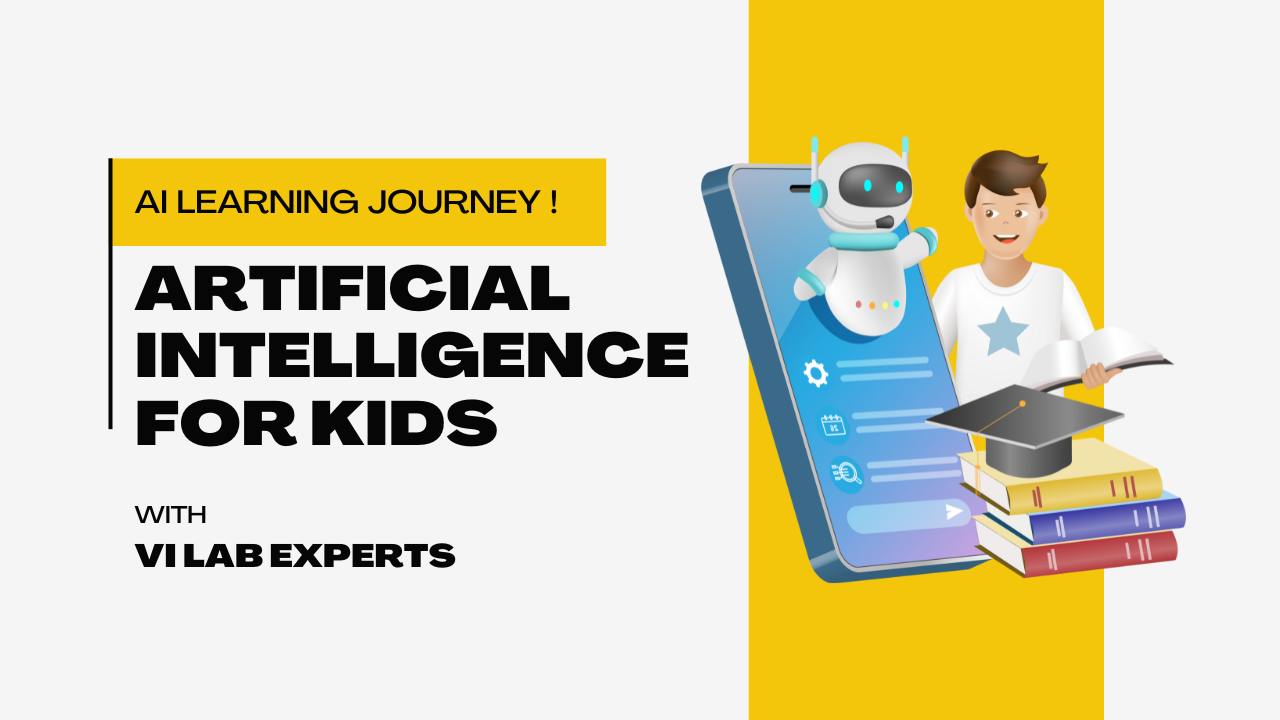
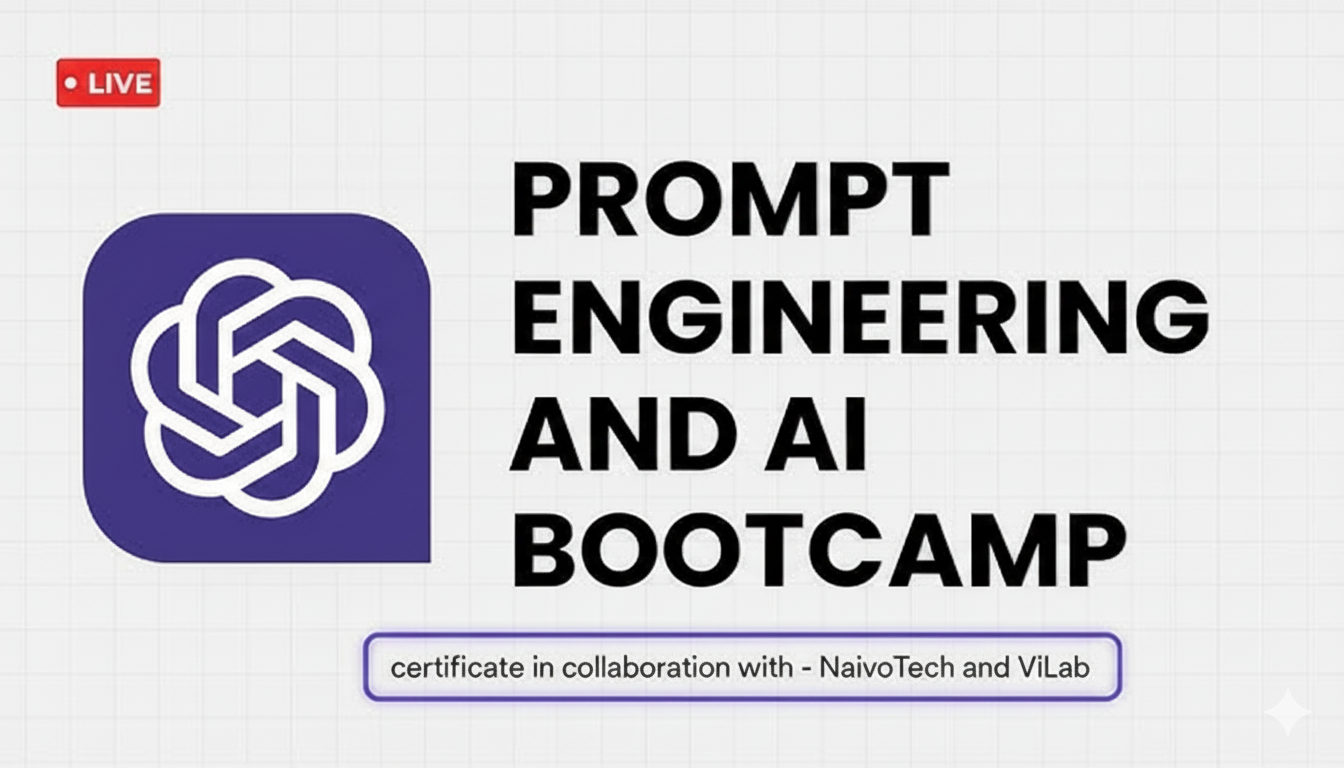

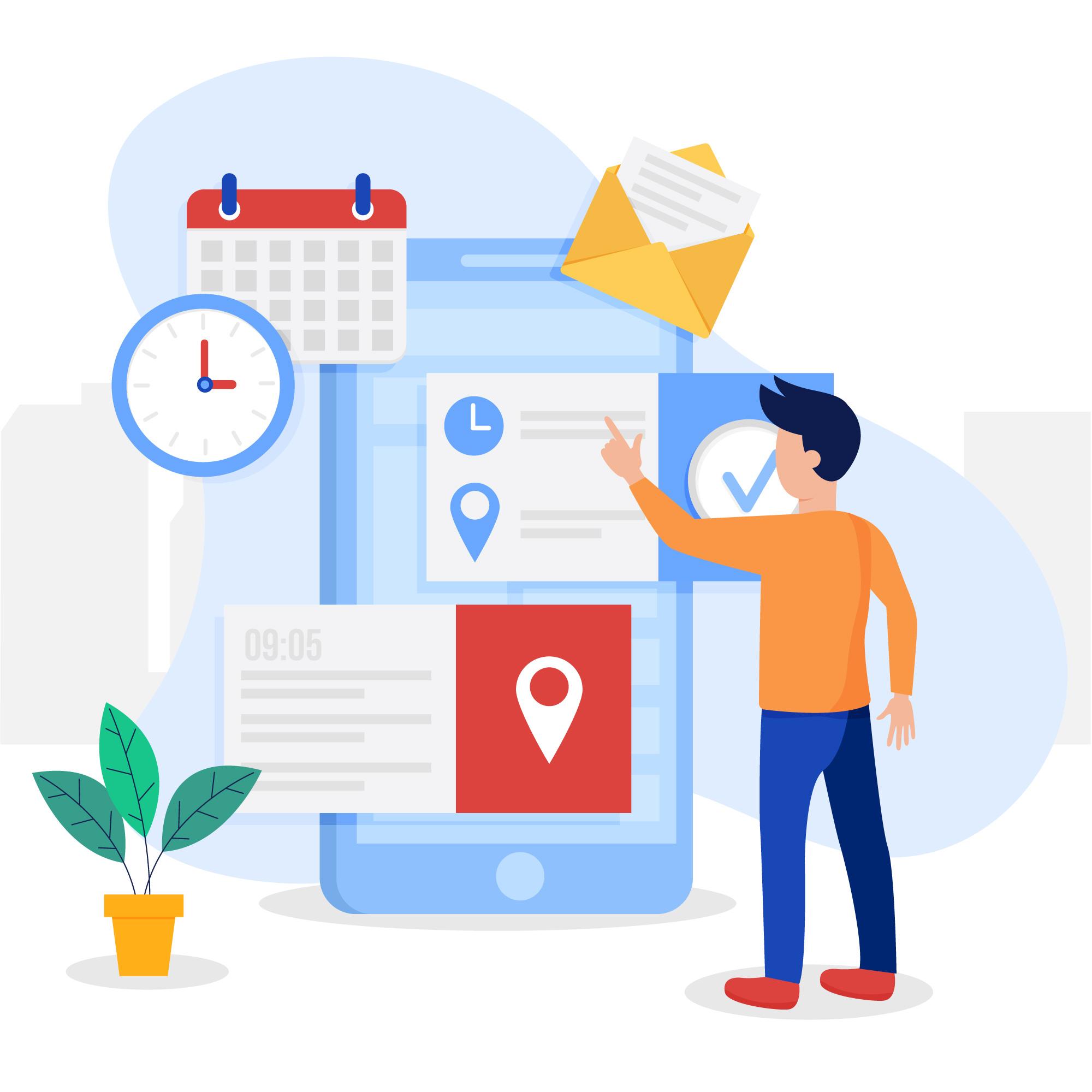
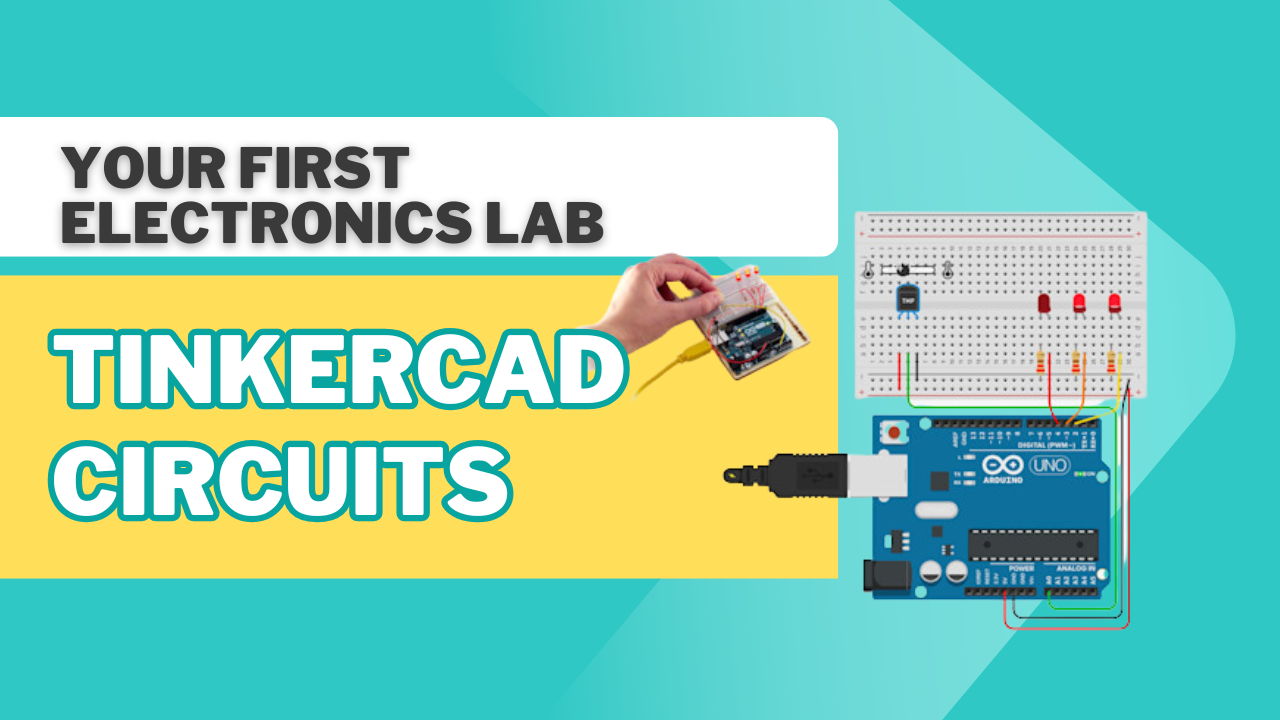
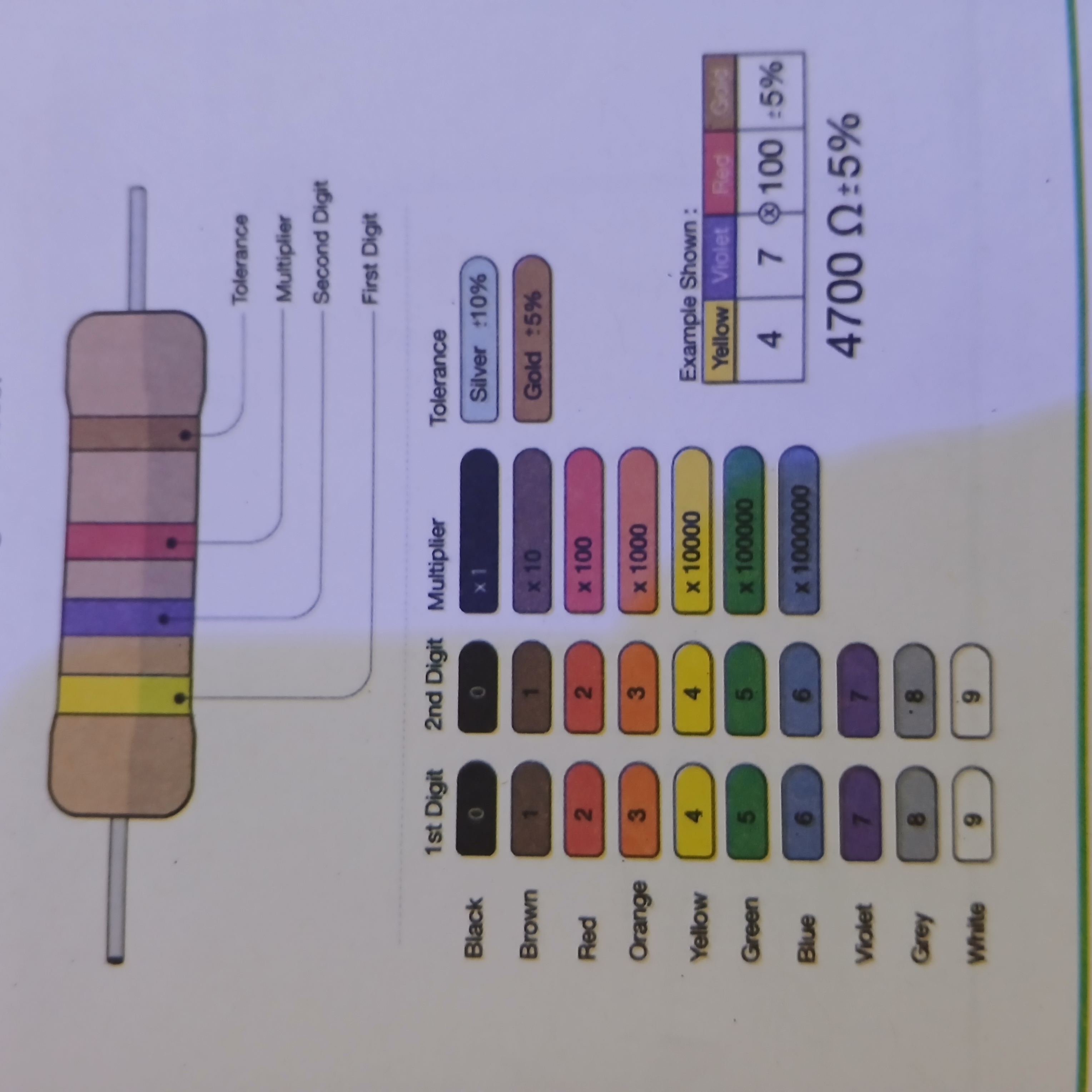
.png)
.png)

.png)


.png)
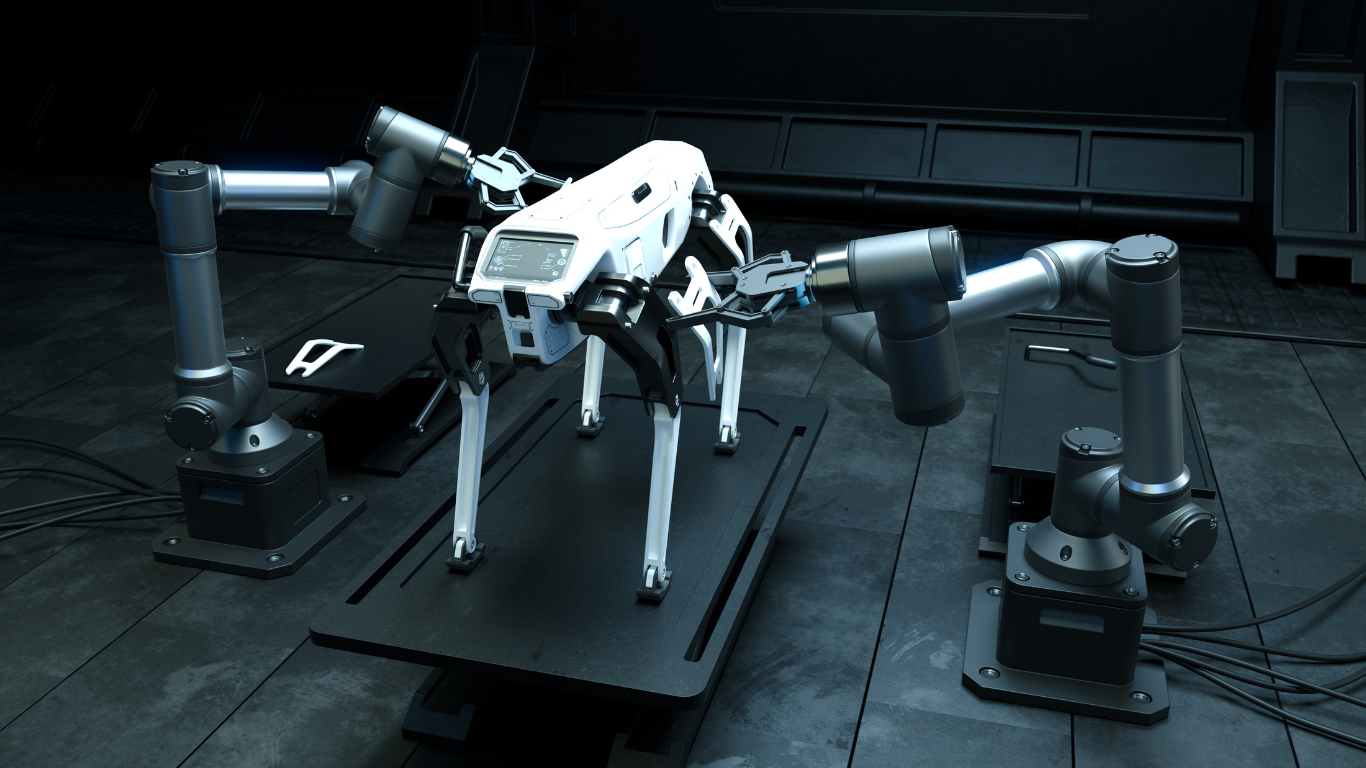
.png)
.png)
.png)

.png)
.png)


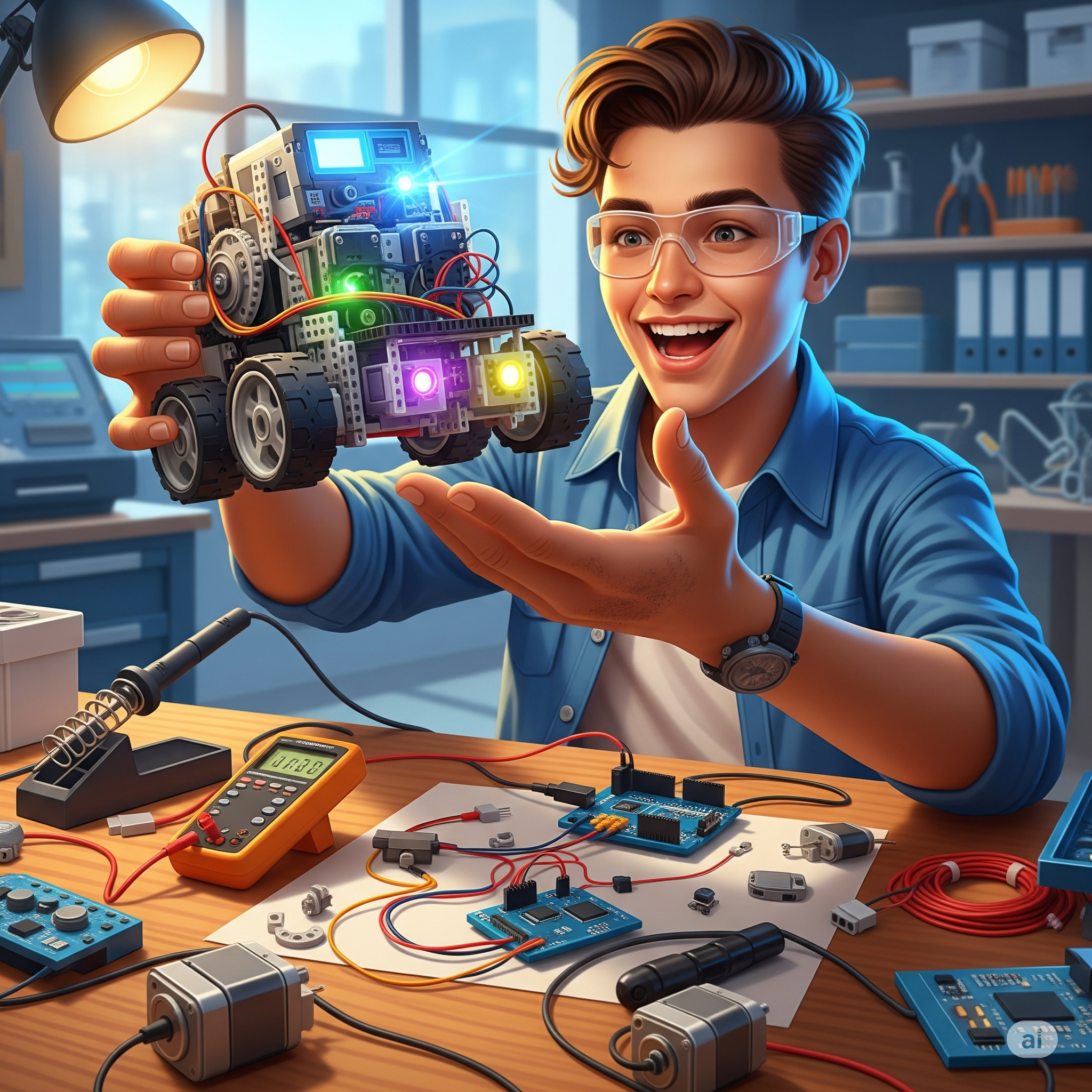





.png)
